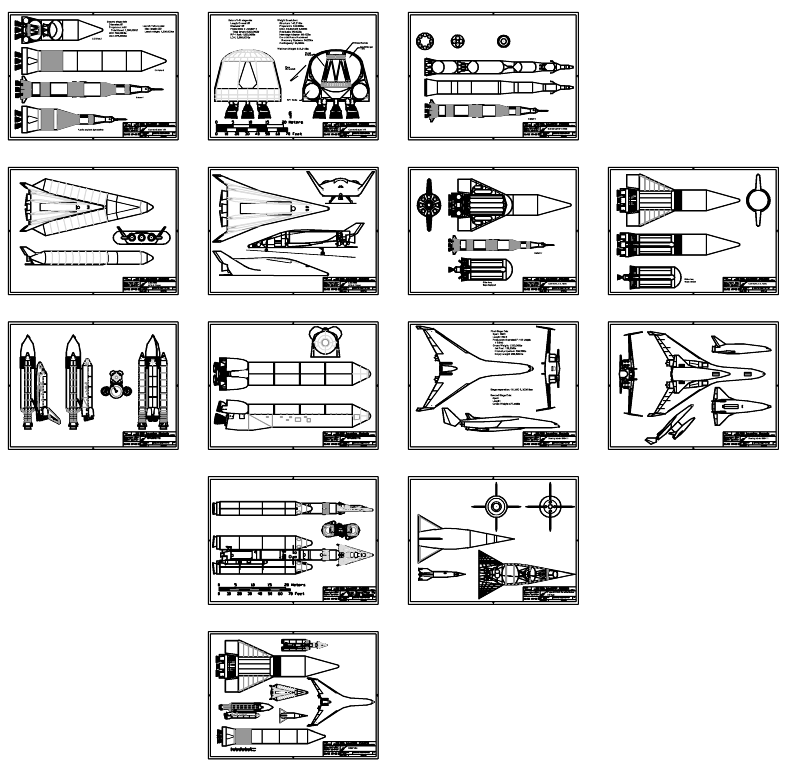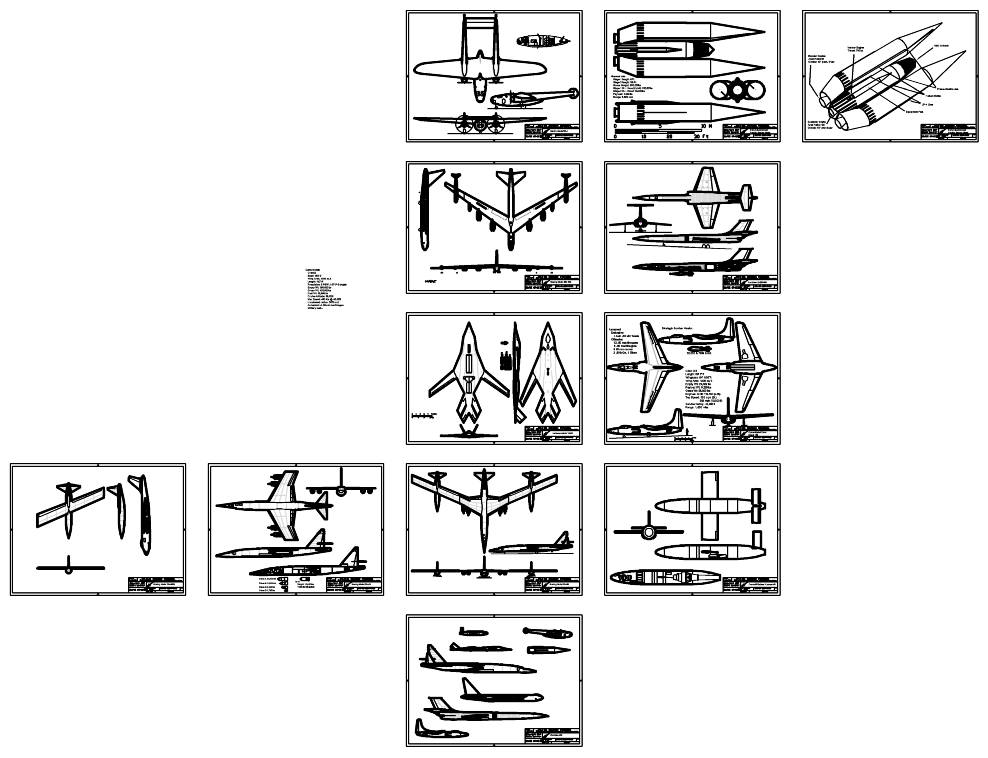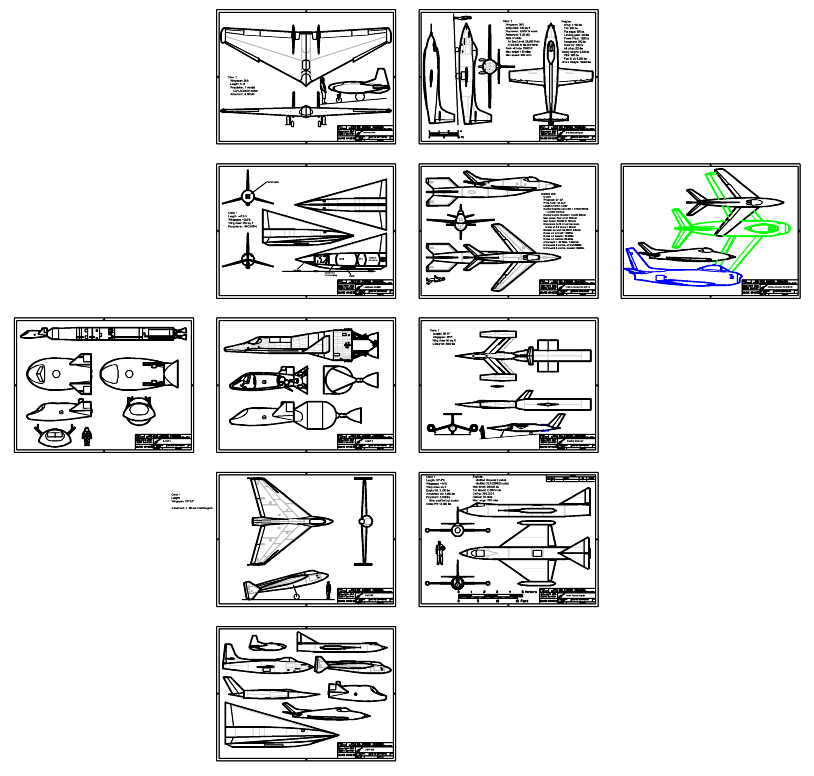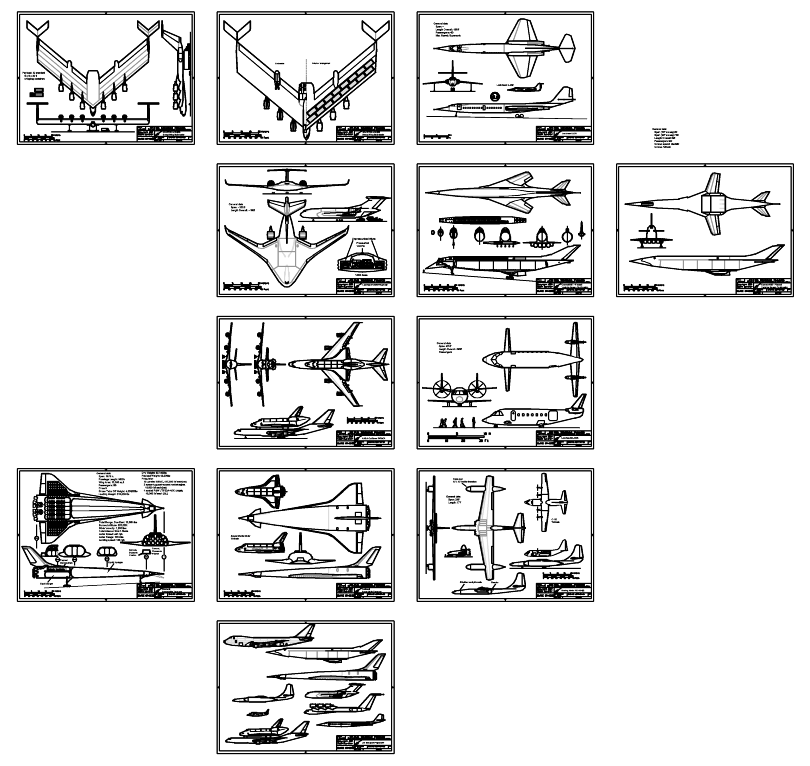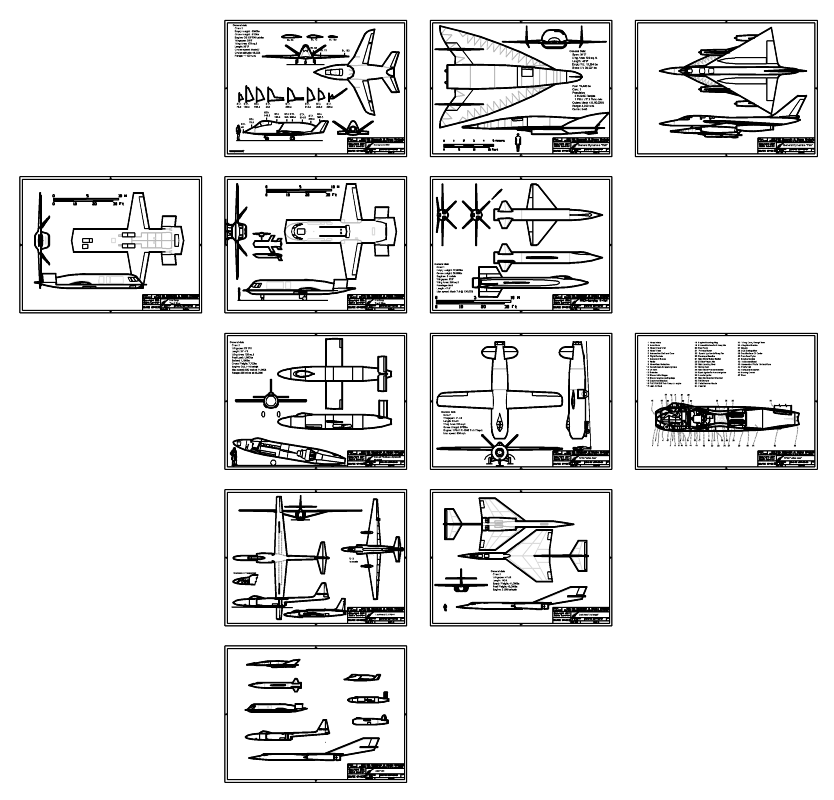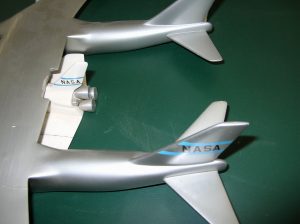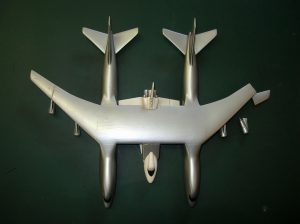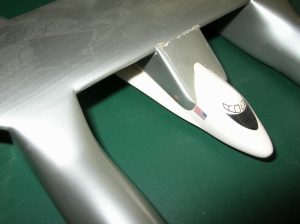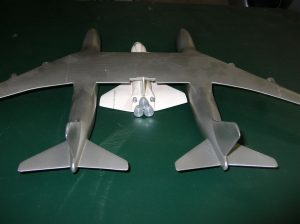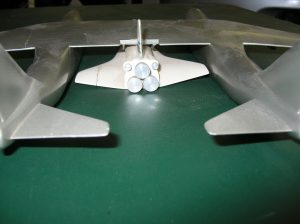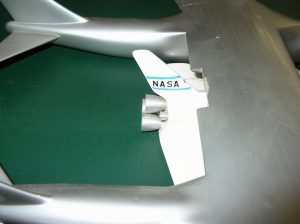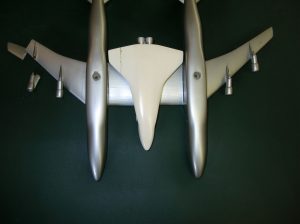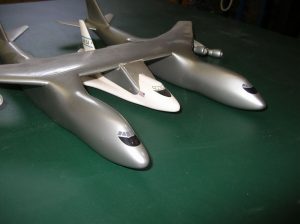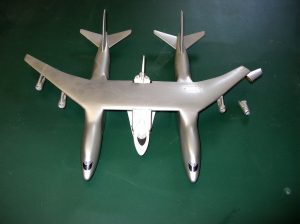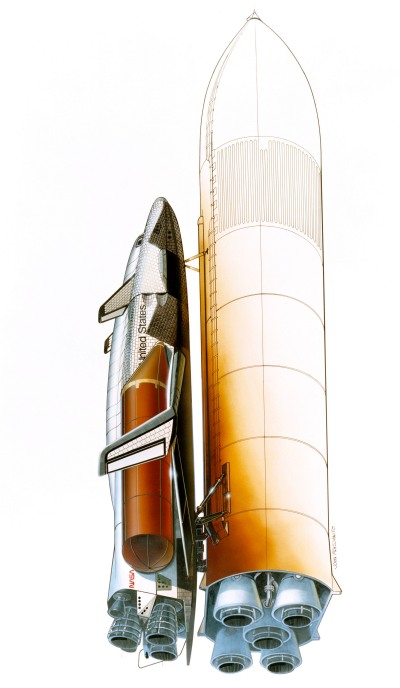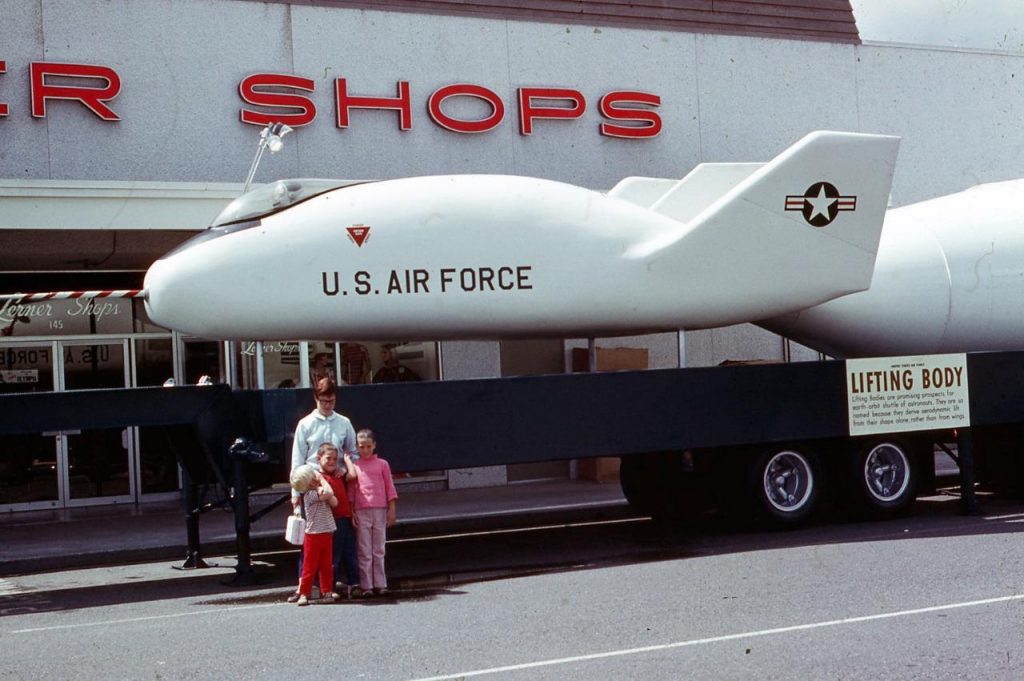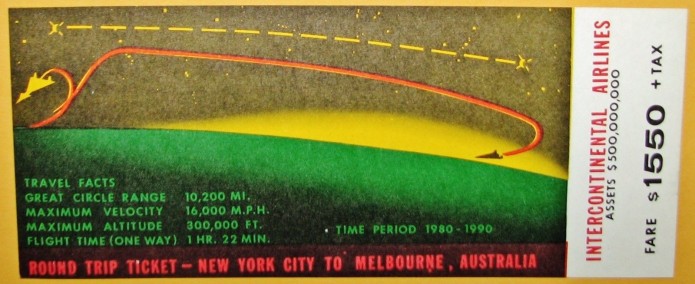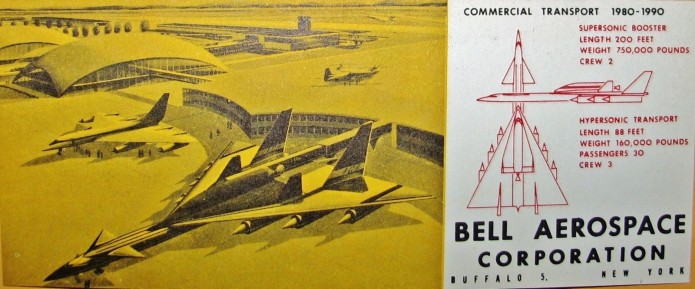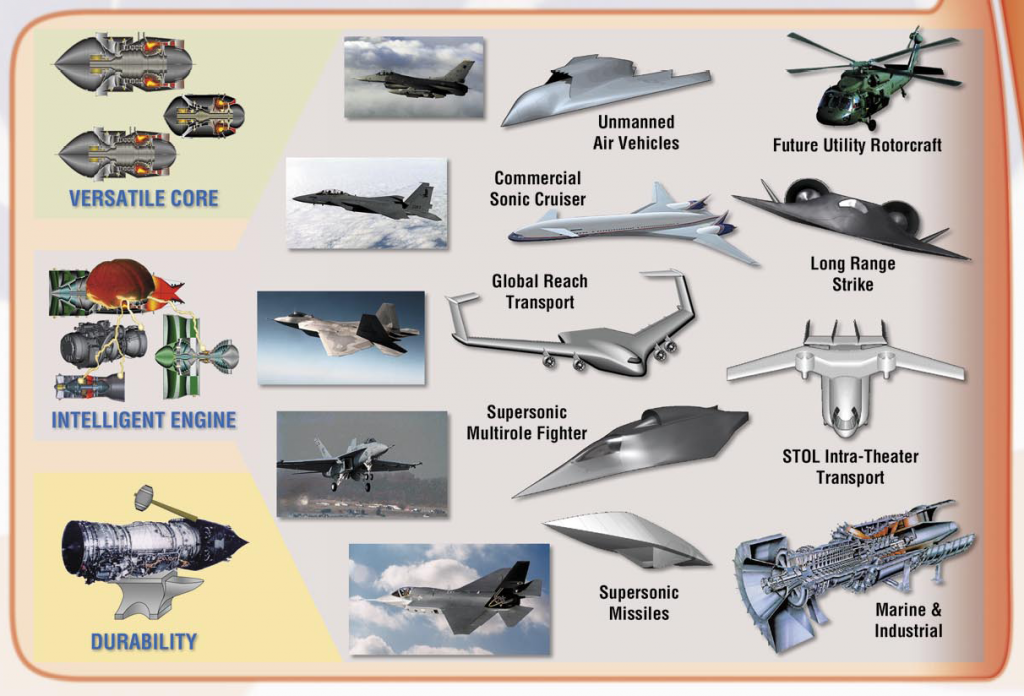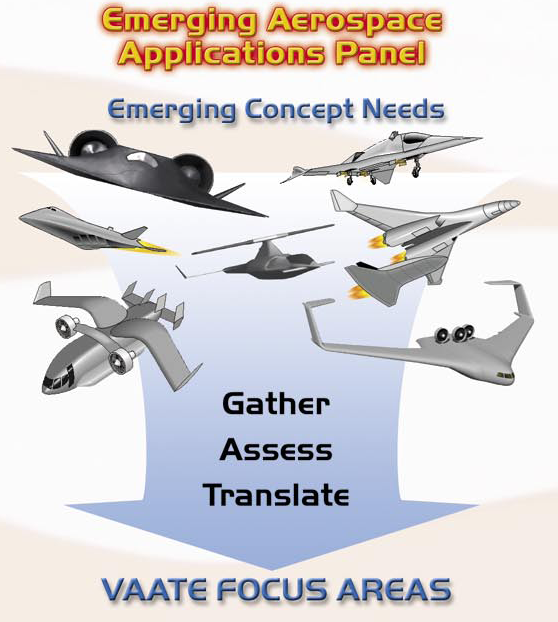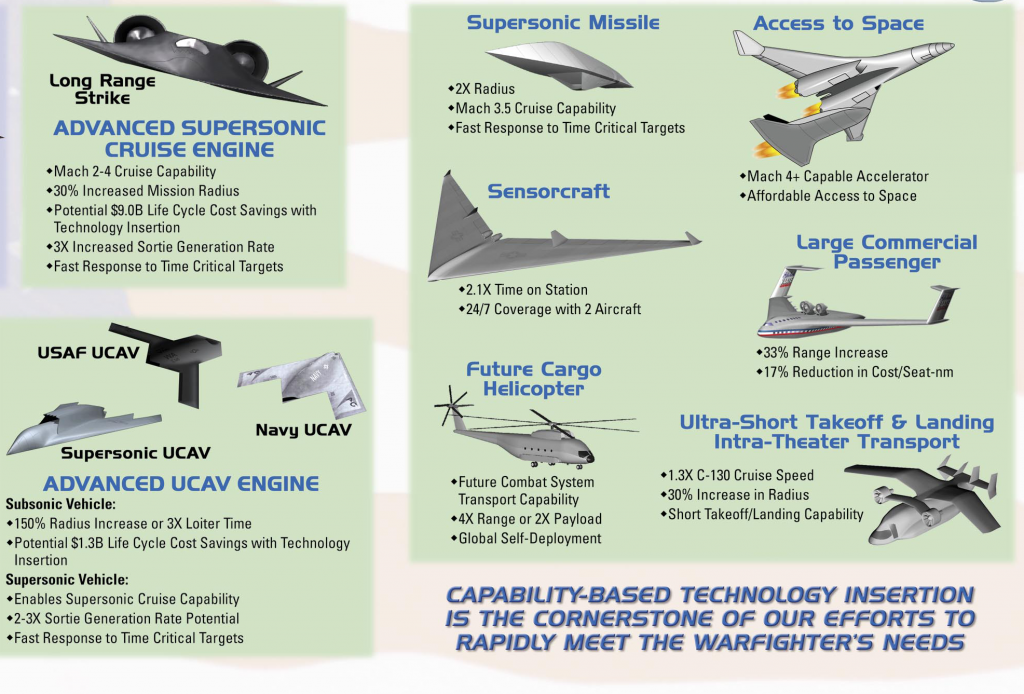I’m essentially done with the drafting portion of the exercise. Now to finish the writing. I had planned on releasing ll five at once, but due to external factors I’ll almost certainly have to split this up. So… which ones do people want more? The publications forthcoming are Fighters, Bombers, Transports, Launchers and Recon & Research. Comment below…
Coming soonish: the return of USXP publications. Five are under current development and are mostly done. There is a new title in the bunch… USRP. Strictly speaking it should probably be USR&RP… United States Research and Recon Projects. Perhaps Recon and Research aren’t necessarily the most obvious categories to link together into a single title, but apart from the vitally important alliteration, there is this important fact: compared to, say, Bombers, there aren’t that many Recon and Research projects out there.
If there are specific proposals, or general categories you’d like to see in future publications, feel free to comment below.
Below is a piece of Convair art from the SDASM Flickr account showing an early (1959) concept for a space booster with a glideback manned first stage. It’s a little unclear what’s going on with the second stage… the cutaway *seems* to show a space station-like payload where you’d expect to find the second stage engine.
See the SDASM Flickr page for a higher rez version.
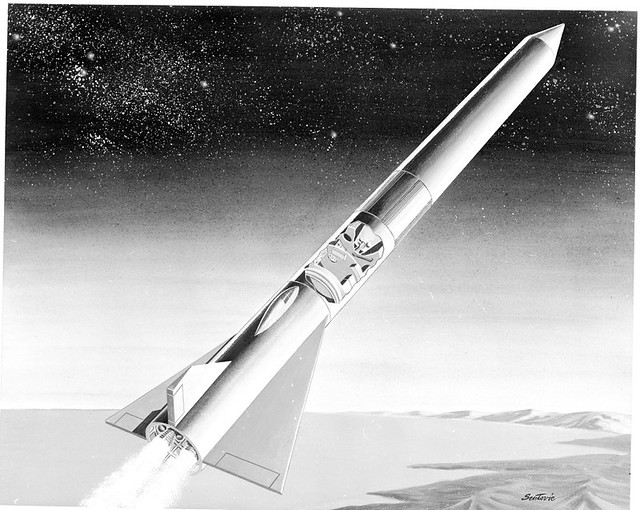
This display model was sold on EBay some months back:
Without a display stand it’s difficult to determine exactly who made this, but all indications are that it was an “official” model, made by Boeing, Lockheed or NASA. The design was given some small amount of study around 1973, though the available documentation on it is lean.

Lockheed studied the same idea with the C-5 Galaxy. Of course the C-5 would have been easier to modify since it already had shoulder-mounted wings.
A late 1980’s concept for NASA by Frassanito & Associates for a “Shuttle 2.” Clearly derived from Space Shuttle general ideas, it features a number of important differences, including:
- A separable cockpit for use in emergencies (a concept given substantial study in the wake of Challenger)
- Separate liquid hydrogen drop tanks above the wings
- No boosters, but instead LH2/LOX engines mounted under the ET (presumably SSMEs, which appear to be in individual re-entry and recovery “capsules”)
It’s not certain, but the ET looks bigger than the standard STS ET. Which would make sense given that it needs to be filled with substantially more propellant to take the place of the SRBs.
This piece of art, and two more providing a closer look at the orbiter, are available in high-rez for APR patrons on the APR “Extras” Dropbox folder, under the 2016-12 APR Extras sub-folder. If you’re interested, take a look at the Aerospace Projects Review Patreon page and consider joining!
Here’s another photo of the lifting body mockup I showed a month ago. Here you can see that the full display – apparently a USAF public relations item – included a more or less full length booster, presumably a Titan II. It’s not the best angle, but it *kinda* looks like this might be just the first stage of the Titan II (or a round tube resembling one) without a second stage. It’s doubtful that there was ever a plan to launch a one-man lifting body atop a single Titan II first stage; it would be distinctly suborbital, and without some deep throttling the acceleration would probably be pretty crushing.

When i last posted this, I mentioned that photos of this were shown “many times.” I wrote that because I remember seeing such photos… but once I started actually looking for them they turn out to be rather hard to find. I imagine I must’ve seen the photos in 1960’s magazines or such. Two more not terribly helpful photos are available HERE and HERE.
I’ve been running the Aerospace Projects Review Patreon project for a bit over two years now. Every month, Patrons get rewarded with sets of aerospace history stuff… currently, one large-format diagram or piece of artwork, three documents and, depending on level of patronage, an all-new CAD diagram of an aerospace subject of interest. More than two dozen such packages have been put together so far and distributed. Given that you can get in on this for as little as $1.50 a month (for 125-dpi scans… $4/month for full-rez 300 dpi scans) and you get at least four items, that’s a pretty good bargain compared to the individual aerospace drawings and documents.
Patrons who signed up after the process got underway can now get “back issues” of the previously released rewards packages. A catalog of more than the first years worth has just been posted; each month will see an updated catalog posted for Patrons to order from. So if you are interested, check out the APR Patreon page to see how to sign up; if you are already a patron, check out the catalog here.
Currently on ebay is a single slide, a photo someone took in the 1960’s. It shows a family standing in front of a full-scale mockup of the SV-5, what became the X-24A. This is hardly an unknown mockup; it has been shown elsewhere many times. But I thought this particular view might be of interest to some. It is shown on the back of a truck for transport, attached to a transition section that would, on the real vehicle, then attach to a launch vehicle such as a Titan II or III.
Produced by Bell Aerospace around 1960 as a promotional item was this “ticket” for a flight from New York City to Melbourne, Australia. The aircraft shown was a two-stage hypersonic passenger transport; the first stage was essentially a supersonic transport equipped with turboramjet engines; it carried on its back a rocket powered passenger spaceplane. At the time it was pushed by the likes of Walter Dornberger, who had previously publicized a two-stage all-rocket powered hypersonic transport. There was some link between this design and the Dyna Soar program, but it is unclear just how involved the engineering was on the HST. Artwork was produced and a good display model, but it’s hard to tell if it went any further than that.
I have uploaded high-rez scans (600 dpi) to the 2016-09 APR Extras folder on Dropbox. This is accessible to all APR Patreon patrons at the $4 level and above.
A heavily illustrated USAF brochure on turbine engine technology included, among a vast number of little photos of engines and aircraft, a few illustrations that might be of interest.
Several futuristic concepts here, several old ones. Of particular interest is the “Supersonic Multirole Fighter,” which looks like a cross between the old Lockheed Hopeless Diamond concept and the Northrop XST design… tailless with an inlet on top, with features reminiscent of the F-117, but blended rather than faceted.
Of these “Emerging Concept Needs,” several are distinctly old. The middle row of three designs are all 20+ year-old concepts.
